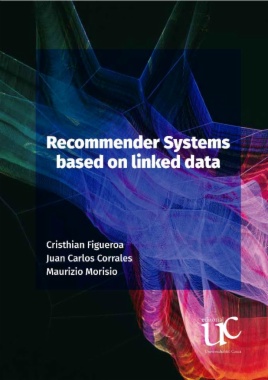

As the twenty-first century approaches, the number of full-time, active duty personnel in the U.S. military (excluding the Reserves and National Guard) is about 1.4 million, the lowest level since before World War II. Nevertheless, the U.S. military is supposed to be prepared to fight two major-theater wars almost simultaneously while conducting peacekeeping operations and other assignments around the globe. To fulfill this wide range of missions, the U.S. military must continue to rely on the Reserves and National Guard, which are known collectively as the reserve components. The current number of reserve components is almost equal to the number of active duty personnel. In the case of the U.S. Army, the number of reserves is double the number of active personnel.
This study addresses how technology can be used to improve the readiness and effectiveness of the reserve components and their integration with the active components. Many technologies are expected to enhance the capabilities of the U.S. military in the twenty-first century, including precision weapons, high-fidelity sensors, long-range surveillance, enhanced stealth characteristics, and advanced communications and information systems. This study reaffirms the importance of improved communication and information systems, for improving comprehensive training and accelerating the mobilization of reserve components for military missions in the coming decade. Although programs using these technologies are already under way in both the reserve and active components of the military, this study focuses on the effectiveness of reserve components and active-reserve integration.